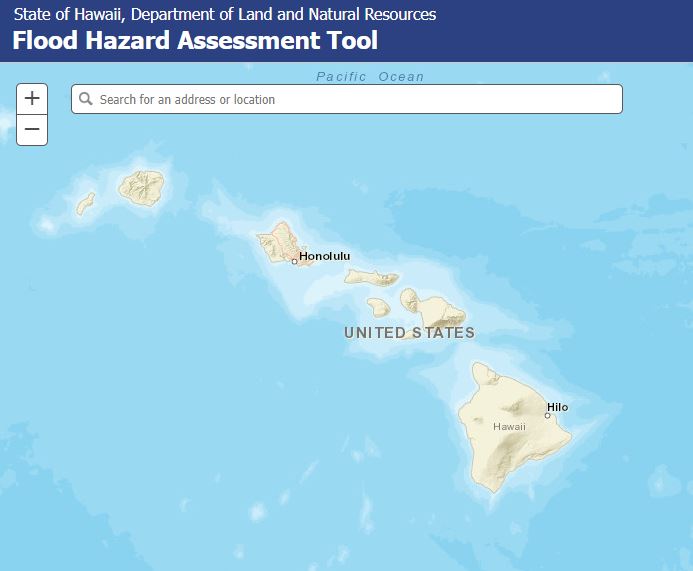When Gilligan and gang landed the SS Minnow on that tropical island, flooding may not have been their chief concern even though they were certainly prime candidates for dangerous and violent forms of flooding found in costal zones. Finding insurance in the so-called “V” or “Velocity” zones can be complicated and costly. Interestingly, local REALTORS® and most insurance agents don’t deal with flood zones that often. Determining the flood zone is pretty simple. Just go to Hawaii flood hazard assessment tool and enter the property information.
In Gillian’s case, if the Powells, Ginger, The Skipper and friends decide to make their stay permanent, there are a couple of things their REALTOR® should consider when making an offer to purchase. Time was, an elevation certificate showing the base flood elevation (BFE) was all that was needed. This makes a “K2” survey showing all improvements along with a request for an elevation certificate showing the BSE critical. In the past, this was the only factor an insurance company considered. New guidelines add criteria such as percentage of the time the area floods, cost to rebuild, distance from the water source and a few others. Inland flood zones have designations beginning with the letter “A”. Water sources in zone “A” originate from ponds, streams or other run-off. When the “V” and “A” designations are followed by another letter, additional analysis has been done to determine flood source and frequency. Property in “B”, “C”, or “X” zones are generally not considered at risk for flooding. Even though I’ve never seen a “B” or “C” zone, there are certainly properties in zone “X” (not a flood zone). Until recently, most of Puna (except coastal areas) was in zone “X.” Anyone living at the top of Pohaku Drive and in parts of Hawaiian Acres can attest that flooding certainly occurs so it’s not uncommon for damage to occur completely out of the flood zone. New subdivisions increase the chance of surface run-off so down-slope property owners should be aware of the potential risk. Live near a low-lying or near an active stream? Investing in a flood policy is prudent. Even though the crew of the SS Minnow may not need to worry about a dishwasher, washing machine or hot water heater overflowing, water from these could be excluded from a normal homeowner’s policy.
Here on the Big Island, we are acutely aware that water goes where it wants to go. Remember, flood policies are not in effect during the first 30 days. Ask your real estate “Professor” what issues might pertain to your purchase. After all, as Gilligan and friends discovered, being stranded on a desert isle can be a wonderful thing as long as you plan for all emergencies!


Leave your opinion here. Please be nice. Your Email address will be kept private, this form is secure and we never spam you.